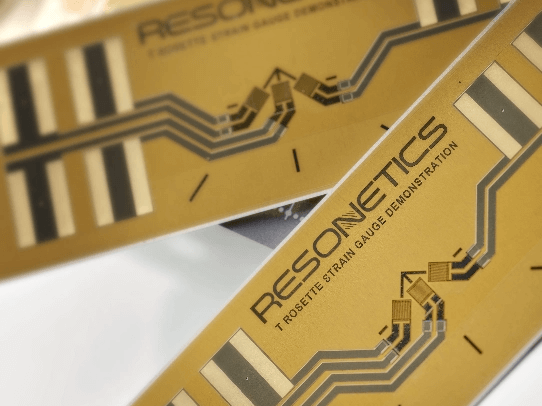
This free whitepaper explores Resonetics lithium ion cells’ charge and discharge performance when cycled under different conditions and cell sizes. While these rechargeable batteries deliver capacity after EOL (80% of initial capacity), there must be an agreed-upon endpoint. This energy management feature has criticality for some applications, such as an implanted medical cell, where replacement is difficult. It is essential to understand the performance after the standard EOL has passed. This paper focuses on implanted medical cells, so we’ve held operating temperatures at 37°C to simplify matters. Storage of Resonetics lithium-ion cells at various temperatures and SOC is discussed briefly here but covered more thoroughly in another document. During cycling, both end-of-charge and end-of-discharge voltages are notable. End-of-charge voltage impacts capacity and cycle life; end-of-discharge voltage affects cycle life performance. As you read through the report, you’ll get a complete look at cycle life performance with references to other influences highlighting the advantages of Resonetics lithium-ion cells.





